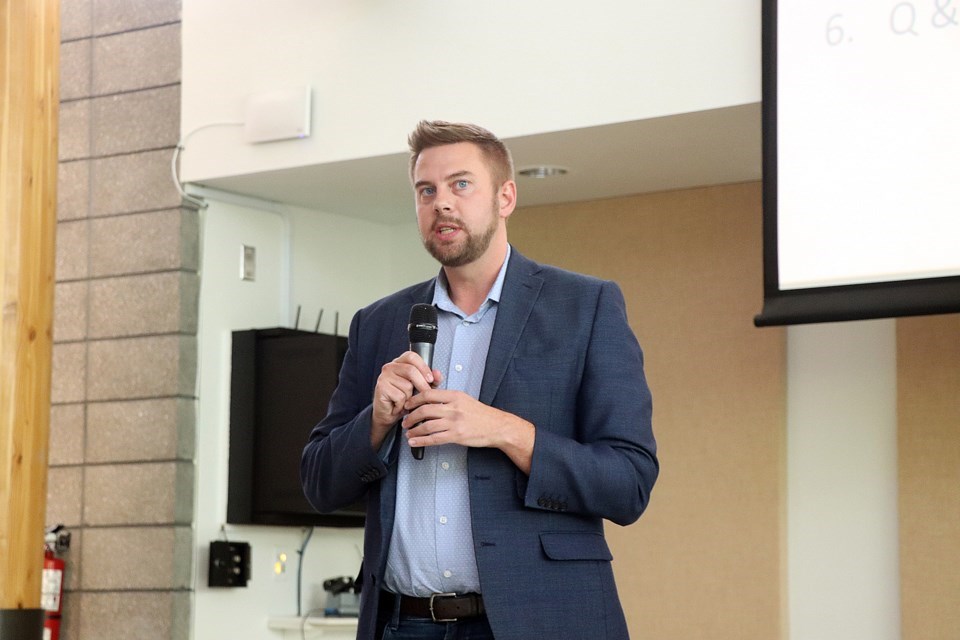Senior officials with Varme Energy, a Canadian developer in waste-to-energy and bioenergy projects, outlined a plan in Innisfail on August 25 for the Alberta city to support a multimillion-dollar waste-to-energy plant to divert its garbage from landfills.
The new waste-to-energy technology is a process aimed at eliminating future landfills by involving the incineration of waste – including solid household refuse collected by most municipalities – and converting it to electricity.
Innisfail Mayor Jean Barclay is a huge booster for the project. She noted Innisfail is transporting its waste all the way to a landfill in Camrose, a round-trip of more than 350 kilometres.
“This is technology that's proven in Norway, and it's not something new we're trying,” said Barclay. “It's going to take some time, and it's going to take a lot of work. But that's OK. I think we're all up for the challenge.”
Local businessman Mark Kemball noted there have been similar proposals pitched in the past but times have changed and was not sure if the Varme project can be pulled off.
“There's much more sensitivity to environmental concerns,” said Kemball, adding that while Varme’s plan is an “interesting” concept there are many challenges ahead. “Getting the right amount of tonnage is a major hurdle.”
For more than an hour Sean Collins, the chief executive officer of Varme Energy, gave a detailed pitch.
Collins said the Innisfail project will include a private investment of between 150 to $200 million for a new state of the art plant on 13 acres of land in the town’s new Southwest Industrial Park.
He said the completed plant would employ about 30 full-time jobs, including plant manager and power engineers. The crowd was also told the construction and facility commission would take about 30 months and employ up to 125 workers.
Collins reminded his audience the competed facility would be a consistent source of municipal property tax revenues.
He noted Innisfail now produces between 3,000 to 5,000 tonnes of waste a year, which is only 5 per cent of the minimum requirement of about 100,000 tonnes needed for the facility to be financially viable.
“What would be ideal for us would be to be able to secure a couple of major anchors from the regional landfill,” he said. “There is potential to create a waste energy facility to become the landfill solution for the region. We’re really trying to position this project as an opportunity for regional cooperation.”
He said the “hunting grounds” for this project are from Red Deer to Calgary and around central Alberta, an area that has a total population of about 1.5 million residents.
“So, not impossible by any stretch of the imagination to deliver that,” Collins said, noting there is now a rail spur line into the town’s industrial park. “You'd have the potential of training in waste provider jurisdictions,” he said.
Collins added his company will be meeting between 25 to 30 mayors from throughout Central Alberta at a private Innisfail forum on September 8.
Varme Energy has also pitched the city of Edmonton, and officials within Alberta’s Industrial Heartland, on waste-to-energy plants




